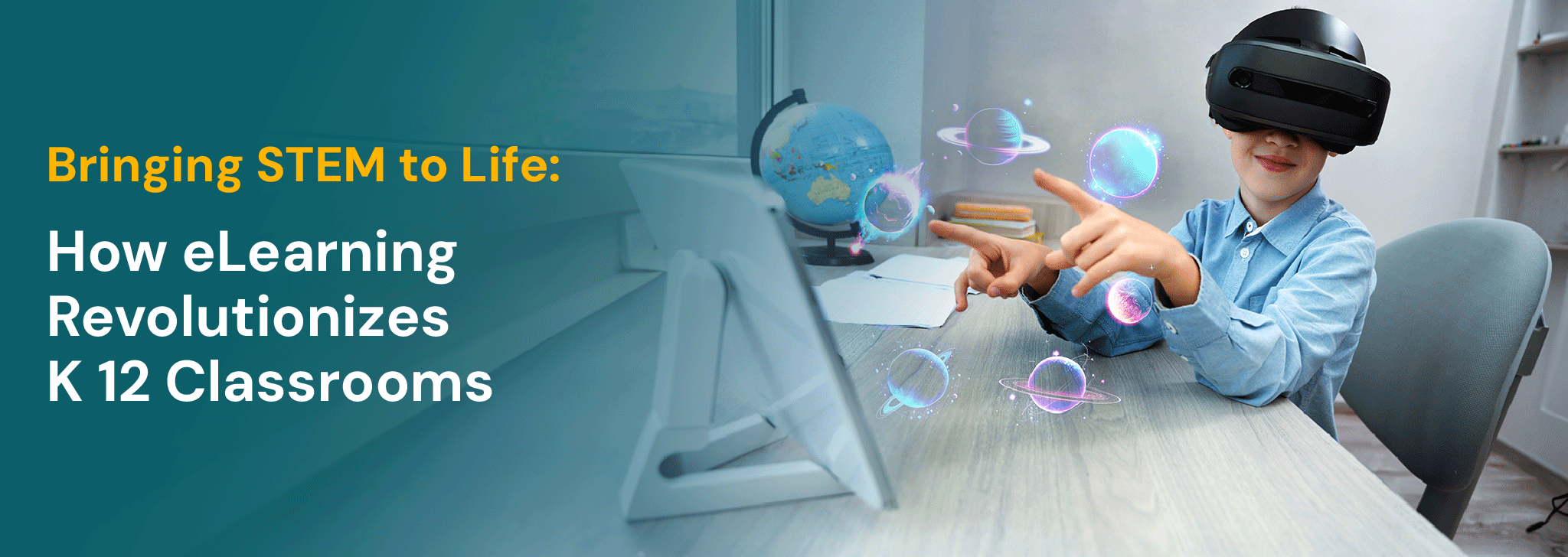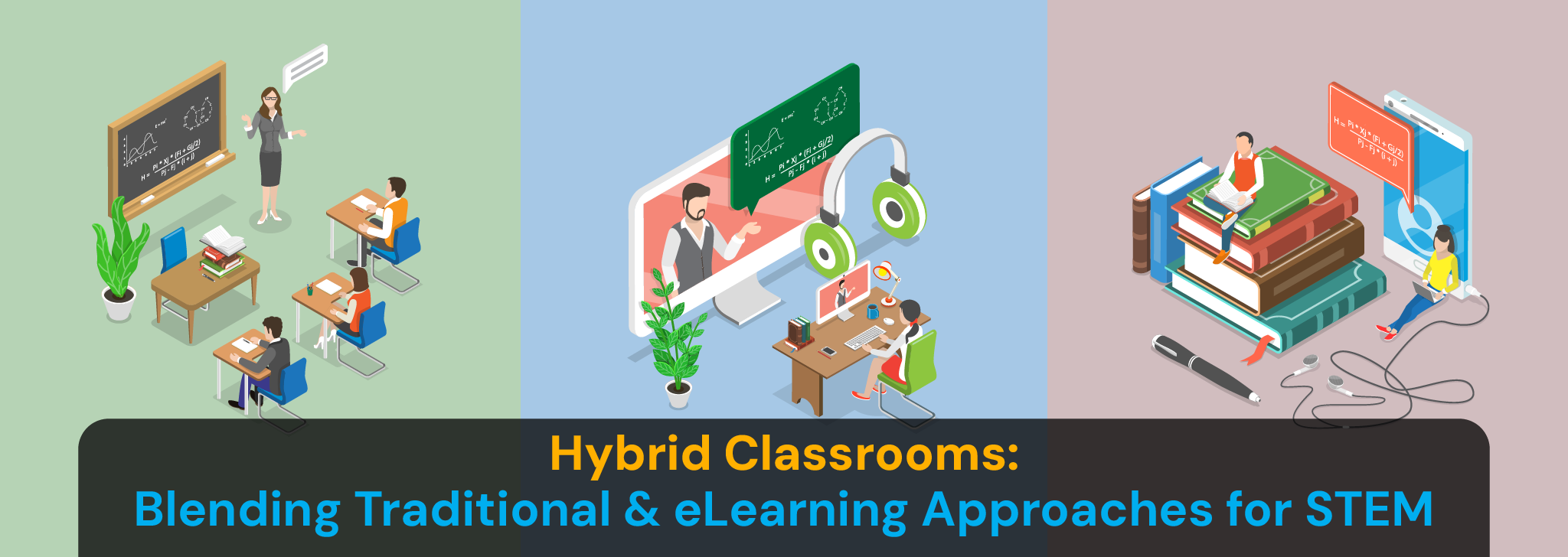The Role of AR/VR in Creating Immersive Learning Experiences for College Students
Augmented reality (AR) and virtual reality (VR) are transforming higher education by creating immersive, interactive learning experiences. From virtual medical simulations to AR-enhanced engineering labs, these technologies bridge theory and practice, boosting engagement and retention. Discover how AR/VR transforms classrooms, enhances collaboration, and prepares students for real-world challenges—making learning more dynamic and accessible than ever before.
Personalized Learning: The Future of Higher Education
Personalized learning is transforming higher education, leveraging AI and big data to tailor coursework to individual needs. No longer a one-size-fits-all approach, this model boosts engagement, improves outcomes, and ensures flexibility for diverse learners. From AI tutors to adaptive learning ecosystems, the future of education is student-centered, dynamic, and personalized. Discover how technology is reshaping academia for the better.
Gamification in Higher Education: Engaging Students Through Interactive Learning
Gamification of learning in higher education transforms traditional education by integrating game elements like points, leaderboards, and narratives to enhance engagement and retention. It fosters motivation, critical thinking, and collaboration through interactive experiences. While challenges exist, emerging technologies like AI and VR promise a dynamic future. By balancing innovation with pedagogy, gamification reshapes learning for the digital era.
The Rise of Microlearning: Why Higher Education Institutions are Adopting It
Higher education is evolving, and microlearning is leading the way. With shorter attention spans and rapidly changing industries, traditional long lectures are no longer effective. Universities are adopting microlearning—focused, bite-sized modules that improve retention and align with modern learners' needs. This blog explores why institutions are embracing microlearning and how it's reshaping higher education.
How Artificial Intelligence is Revolutionizing Learning Experiences in Higher Education
Artificial intelligence is transforming higher education by personalizing learning, automating tasks, and boosting engagement. From AI tutors to predictive analytics, discover how AI is reshaping education, improving outcomes, and addressing challenges in this insightful blog.
Top 10 eLearning Trends Shaping Higher Education in 2025
The future of higher education is being shaped by emerging eLearning trends, from AI-driven learning and microlearning to immersive AR/VR experiences. As we move into 2025, institutions must embrace these innovations to enhance engagement, accessibility, and workforce readiness. Discover the top 10 eLearning trends revolutionizing education and learn how institutions can adapt to stay competitive.
The Future of Higher Education: Exploring the Latest eLearning Trends and Innovations
The future of higher education is being shaped by eLearning trends like AI-driven learning, microlearning, gamification, and immersive AR/VR experiences. Institutions must embrace these innovations to enhance engagement, accessibility, and workforce readiness. Explore how these cutting-edge trends are transforming learning and how your institution can stay ahead with modern eLearning solutions.
The Role of Digital Collaboration Tools in STEM Projects for K12 Students
Collaboration is key to STEM success, and digital tools are transforming how K12 students work together on STEM projects. From real-time brainstorming to global teamwork, platforms like Google Workspace, Scratch, and Trello make learning more engaging and interactive. Discover the best digital collaboration tools and how they enhance STEM education.
Bringing STEM to Life: How eLearning Revolutionizes K12 Classrooms
STEM education is evolving, and eLearning is at the forefront of this transformation. Interactive simulations, AI-driven platforms, AR/VR, and online collaboration tools are making STEM subjects more engaging, accessible, and hands-on. Discover how digital innovations are revolutionizing K12 STEM classrooms, breaking barriers, and preparing students for a tech-driven future.
Hybrid Classrooms: Blending Traditional and eLearning Approaches for STEM
Hybrid classrooms are transforming STEM education by blending traditional learning with eLearning tools. This approach enhances accessibility, engagement, and hands-on experiences through virtual labs, simulations, and AI-driven platforms. Discover the benefits, best practices, and future trends that make hybrid learning the key to a more inclusive and effective STEM education.











